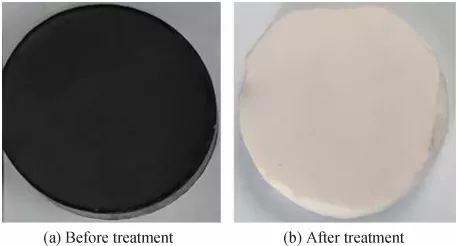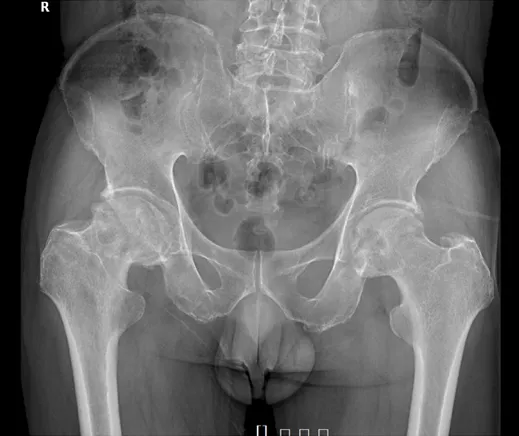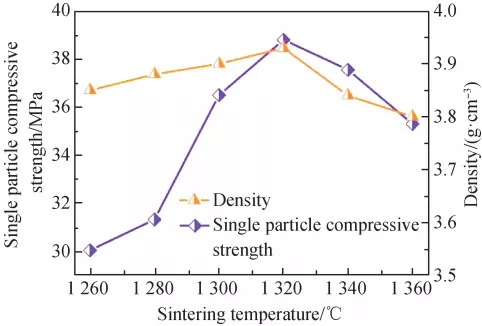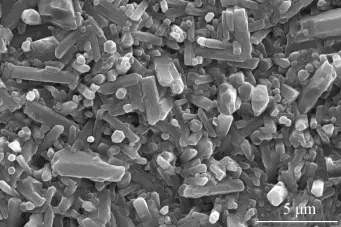Abstract: Silicon carbide is widely used because of its excellent physical and chemical properties. The chemical bonding characteristics of SiC make it difficult to be sintered. Therefore, preparation of high-quality SiC ceramics is one of the challenges in SiC research field. In this study, the ternary rare-earth carbide Dy3Si2C2 was proposed as a new sintering additive for SiC ceramics, through the phase transition of Dy-Si-C system at high temperatures to promote the densification of SiC. The Dy3Si2C2 coated SiC powders were synthesized via an in-situ reaction between metal Dy and SiC in high temperature molten salts. The Dy3Si2C2 coated SiC powder was sintered by spark plasma sintering (SPS), at 1800 ℃, 45 MPa. As the result, high-purity SiC ceramic with the density of 99% and thermal conductivity of 162.8 W·m–1·K–1 was obtained to form the SiC-Dy3Si2C2 raw material with n(Dy) : n(SiC)=1 : 4. Further study shows that Dy3Si2C2 and SiC undergo a eutectic reaction at high temperatures, which generates liquid phase at the grain boundaries and promotes the densification of SiC ceramics. This study shows that the ternary rare-earth carbides Re3Si2C2 (Re=La, Ce…) has great potential to be used as the sintering additive for SiC.
Key words: SiC; Dy3Si2C2; spark plasma sintering; molten salt
Declaration: This article is provided by CERADIR™ users or obtained from Internet, the content does not represent the position of CERADIR™. We are not responsible for the authenticity/accuracy of the article, especially the effects of the products concerned. This article is for study only, it does not constitute any investment or application advice. For reprinting, please contact the original author. If it involves the copyright and/or other issues, please contact us and we will deal with it asap! CERADIR™ has the interpretation of this declaration.







